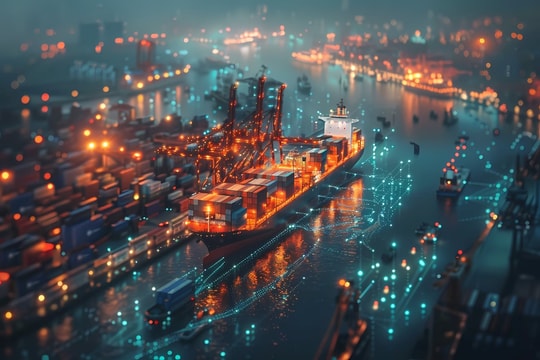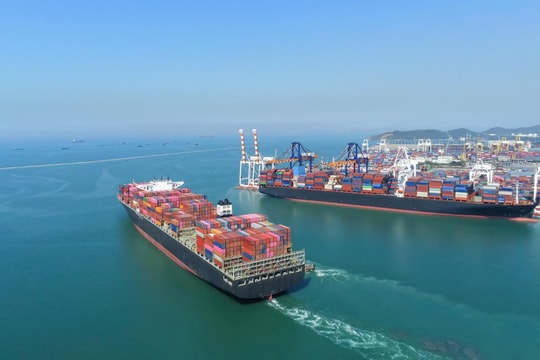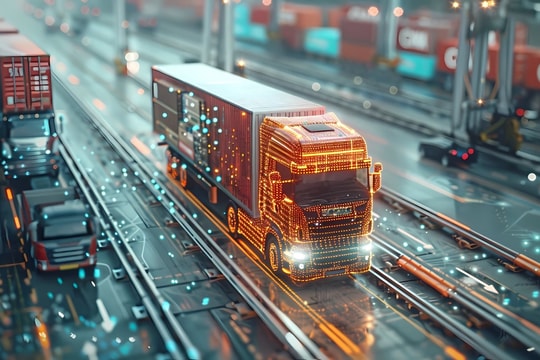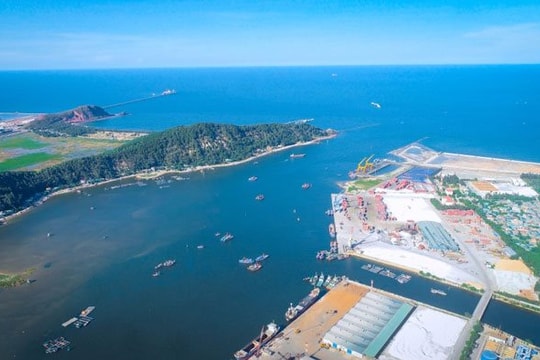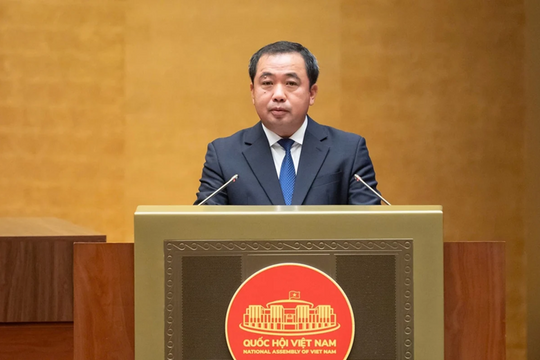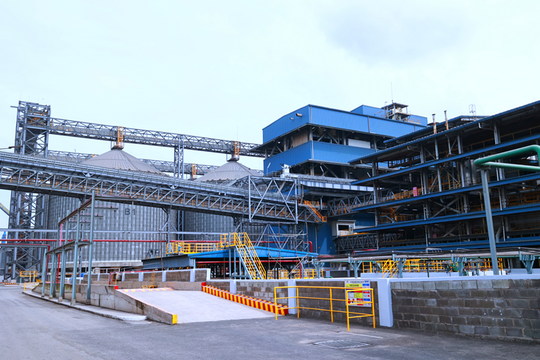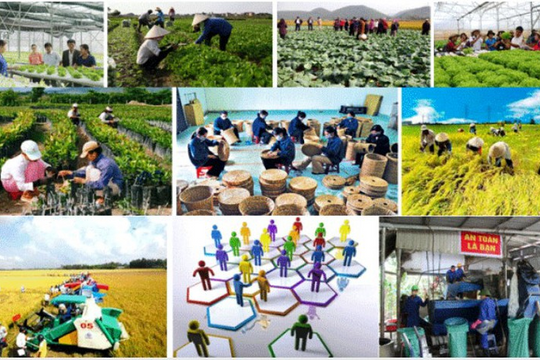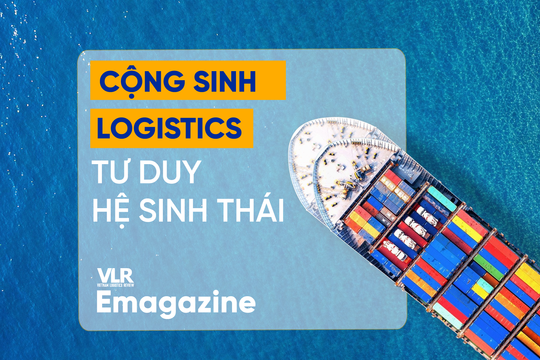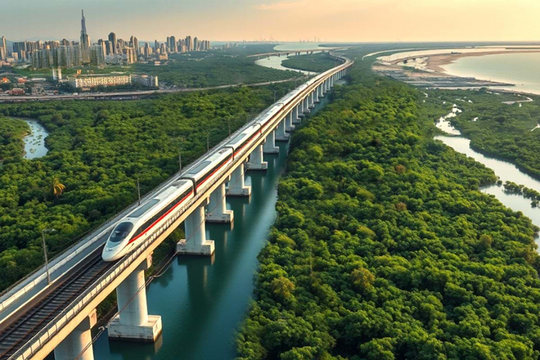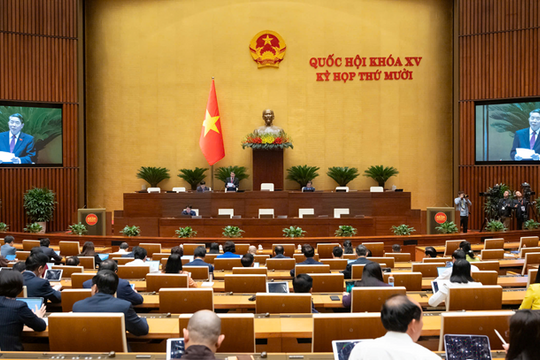The Vietnamese government has committed to achieving net-zero emissions by 2050, as declared at the COP26 conference. This commitment requires the transport sector, including inland waterways, to accelerate the transition to clean-energy-powered vessels, such as electric barges, hydrogen-fueled ships, and hybrid vessels. However, realizing this roadmap demands not only strong government support but also collaboration among businesses and communities to drive technological innovation, invest in infrastructure, and transform operational mindsets.
.jpg)
.jpg)
However, most waterway transport vessels still rely on diesel engines, which generate significant emissions. Statistics indicate that Vietnam’s waterway transport sector emits over 10 million tons of CO₂ annually, not including other harmful pollutants such as NOx, SO₂, and fine particulate matter (PM2.5). These emissions not only degrade air quality but also pose a direct threat to water ecosystems, increasing pollution risks for aquatic life and negatively impacting riverside communities.
.jpg)
.jpg)
Beyond environmental concerns, Vietnam’s waterway infrastructure also faces numerous limitations. Many waterways remain underdeveloped, unable to meet the demands of modern transport. River ports lack adequate facilities to accommodate clean-energy vessels, and charging stations or alternative fuel supply points are scarce.
Despite the cost advantage of waterway transport compared to road transport, the lack of infrastructure and advanced vessel technology makes many businesses hesitant to invest in green transport solutions. This situation underscores the urgent need for improved policies and greater private-sector involvement in the green energy transition of waterway transport.
.jpg)
.jpg)
In recent years, Vietnam has made significant strides toward more environmentally friendly waterway transport. Several pilot projects have been launched to assess the effectiveness of new technologies and expand their application.
.jpg)
.jpg)
Development of Hydrogen-Powered Ships: In addition to electric barges, some Vietnamese companies are researching the use of hydrogen fuel for transport vessels. These ships can operate without emitting CO₂, releasing only water as a byproduct, significantly reducing environmental pollution. However, the high cost of green hydrogen production remains a major challenge, requiring substantial investment in infrastructure before large-scale deployment can be achieved.
Green Port Development: Major Vietnamese ports such as Hải Phòng, Cát Lái, and Gemalink are exploring electrification initiatives to support green transport. These efforts include installing charging stations for electric barges, replacing diesel-powered cranes with electric models, and utilizing solar power to reduce fossil fuel consumption.
Beyond business-led initiatives, the Vietnamese government has also introduced several key policies to encourage the green transition, including:
- Tax exemptions and reductions for clean-energy transport vessels
- Preferential credit policies for businesses investing in green technologies
- Promotion of research and development in renewable energy for transportation
These measures are gradually aligning Vietnam with global sustainability trends and laying the groundwork for waterway transport to become a fully "green" industry in the future.
.jpg)
.jpg)
Despite positive progress, Vietnam’s transition to green waterway transport still faces multiple challenges:
High Investment Costs: Acquiring electric barges or hydrogen-powered vessels requires significant capital investment. Given the relatively low profitability of the waterway transport sector, many businesses remain reluctant to make this transition.
Incomplete Infrastructure: Vietnam still lacks sufficient charging stations, hydrogen supply points, and other essential facilities to support green transport solutions.
.jpg)
.jpg)
To overcome these challenges, a series of coordinated solutions is necessary:
Stronger Government Support: This includes funding for research, tax incentives, and financial aid for businesses investing in green transport solutions.
Comprehensive Infrastructure Development: The establishment of a nationwide network of charging stations and alternative fuel supply points along major waterways is critical.
International Collaboration: Vietnam can learn from leading countries in green waterway transport, such as the Netherlands, Norway, and Japan, and adapt their successful models to local conditions.
Conclusion
The green transition in waterway transport is an inevitable trend, not only helping Vietnam meet international environmental commitments but also unlocking new opportunities for sustainable economic development. With the participation of major corporations such as CMA CGM, investment from key ports, and supportive government policies, Vietnam has the potential to become a pioneer in green waterway transport in Southeast Asia.


.jpg)
.jpg)
.jpg)
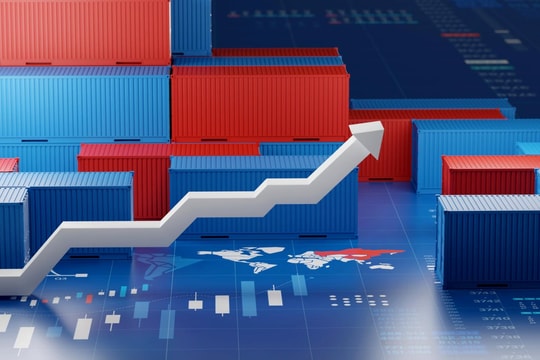
.jpg)


.jpg)
.png)
